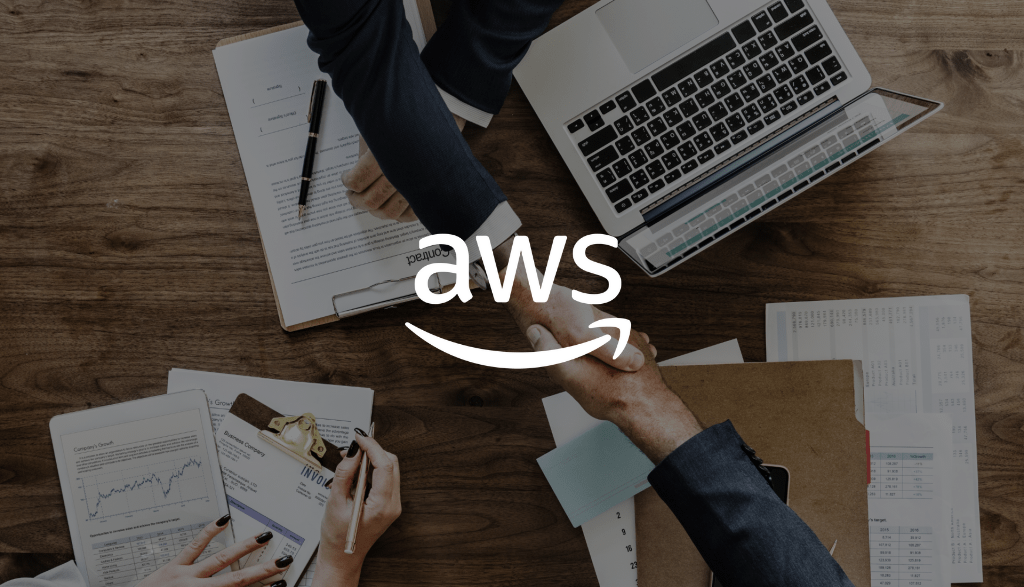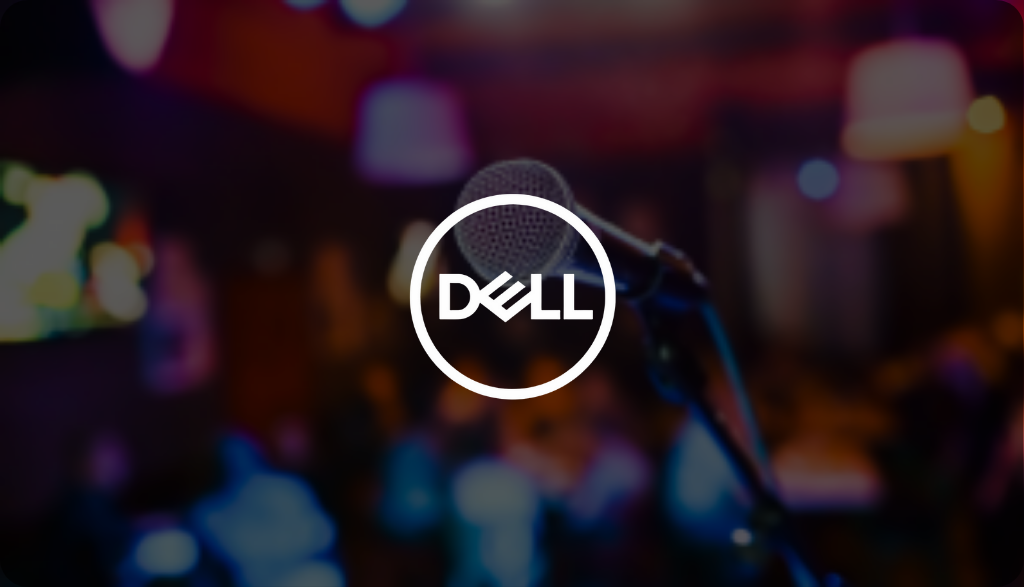B2B Lead Generation
AWS SMBandh
AWS SMBandh
“The SMBandh†has been created as an Intellectual Property for AWS by Kestone itself. This is a first of its kind initiative for AWS to reach out to SMEs via industry associations.
​The goal was to reach Small and Medium Businesses in 10 specific cities in India and educate them on how they can leverage the Cloud to survive and win the current pandemic scenario. While this would start with a webinar series, the idea is to continue to hand-hold the SMBs with technical advice, sales support and exclusive offers.
We have been able to bring in quality audience for the webinar series which includes 81% of C-level Executives and 19% of C-Minus Executives, thereby, helping AWS brand reach its correct target audience.​ Kestone has successfully onboarded nine top industry associations in India for this campaign, helping AWS reach their member base.​
- ClientAWS
- IndustrySME
- Target MarketBusiness Decision Makers, ITDM
- 713 Surveys Fillsed
- 1,152 Webinar Attendees
- 3,181 Registrations
- 3,150 Unique Organization



